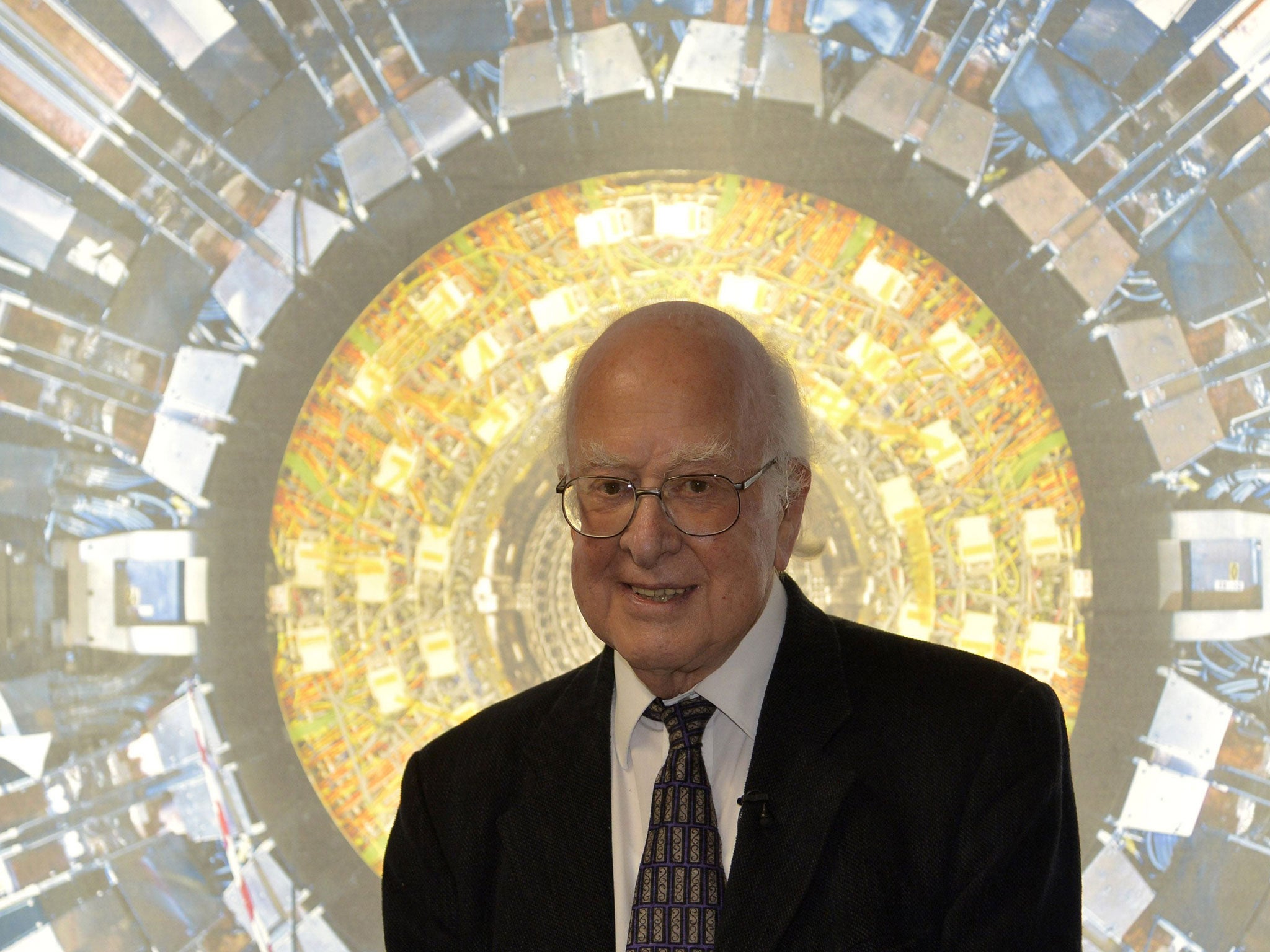The Nobel Prize for Peter Higgs recognises truth in an ancient Greek idea
The old system was familiar, the modern one somewhat more intimidating

The ancient Greeks imagined that all of the wondrous variety of substances we see in the world around us are constructed from combinations of four basic elements: earth, air, fire, and water. They weren’t alone; similar ideas flourished in Babylon, Egypt, and India. The Nobel Prize being awarded today to François Englert and Peter Higgs celebrates the modern version of this ancient idea.
Modern physics says that the Greeks had a good basic intuition—everything around us is made of a few simple ingredients—but were wrong on the details. Instead of the classical elements, we now have elementary particles. The Higgs boson, discovered last year at the Large Hadron Collider outside Geneva, is the final piece of the puzzle describing everyday matter.
The ancient system was a crowd-pleaser, with each element being familiar and easily visualized. The modern collection of elementary particles, by contrast, can be a bit intimidating.
But at a very basic level, there are only two types of particles. There are the particles of matter, called “fermions,” which make up solid objects like planets and tables and people. And there are the force-carrying particles, called “bosons,” which allow the matter particles to stick together and interact. There are twelve different matter particles, with fun names like “charm quark” and “muon neutrino,” as well as four basic forces, each with its associated bosons.
Then there is the Higgs. It’s a boson, but its primary role isn’t to carry a force, which makes it a bit unusual right from the start. The secret of the Higgs is that it’s associated with an invisible energy field that fills all of space, cleverly named “the Higgs field.” At this moment you are surrounded by Higgs field, embedded in it as all matter has been since soon after the Big Bang.
The particles of which you are made feel the influence of this field, and that influence makes them what they are. Electrons, for example, whirl around the outskirts of atoms, and are responsible for important things like “electricity” and “chemistry” and for that matter “biology.” But without the Higgs, electrons would have zero mass, and according to Einstein that means they would move at the speed of light rather than settling into atoms. That means no atoms, no chemistry, no life itself. The Higgs is pretty important.
The idea that empty space is filled with an invisible field that affects all the particles moving through it is a radical one. It was put forward back in 1964 by several different physicists, among whom were Englert and Higgs. It was Higgs who first pointed out that if you start this field vibrating (for example, by smashing particles together at high energies), it will create a new kind of particle: the Higgs boson.
Inventing the idea of a Higgs field was a triumph of human ingenuity. Actually finding it required not only cleverness, but an enormous amount of effort and technological progress. The Large Hadron Collider was built and operated by thousands of highly skilled technicians and experimental physicists, many of whom essentially devoted their lives to the project.
And they’re not done yet. The ancient Greeks knew that the universe was far bigger than what we experience down here on Earth, so they suggested a fifth element—“quintessence”—to account for the celestial realm. Today we know that other stars and planets are made of atoms just like we are, but there are other things out there as well. We call them “dark matter” and “dark energy,” but their precise nature remains elusive.
Dark matter and dark energy aren’t just flights of fancy from theoretical physicists with too much time on their hands. They are demanded by the requirement that we explain the data collected by our telescopes and satellites. And none of the particles we’ve yet discovered can account for them. But we’re optimistic that we will pin them down, hopefully sooner rather than later.
The Large Hadron Collider is currently shut down for upgrades. It will turn back on in 2015, roaring to life at higher energies than ever. Hopefully nature will have some surprises in store for us when it does.
Sean Carroll is a physicist at the California Institute of Technology. His book, The Particle at the End of the Universe: The Hunt for the Higgs and the Discovery of a New World, won the Royal Society Winton Prize for Science Books 2013.
Join our commenting forum
Join thought-provoking conversations, follow other Independent readers and see their replies
Comments